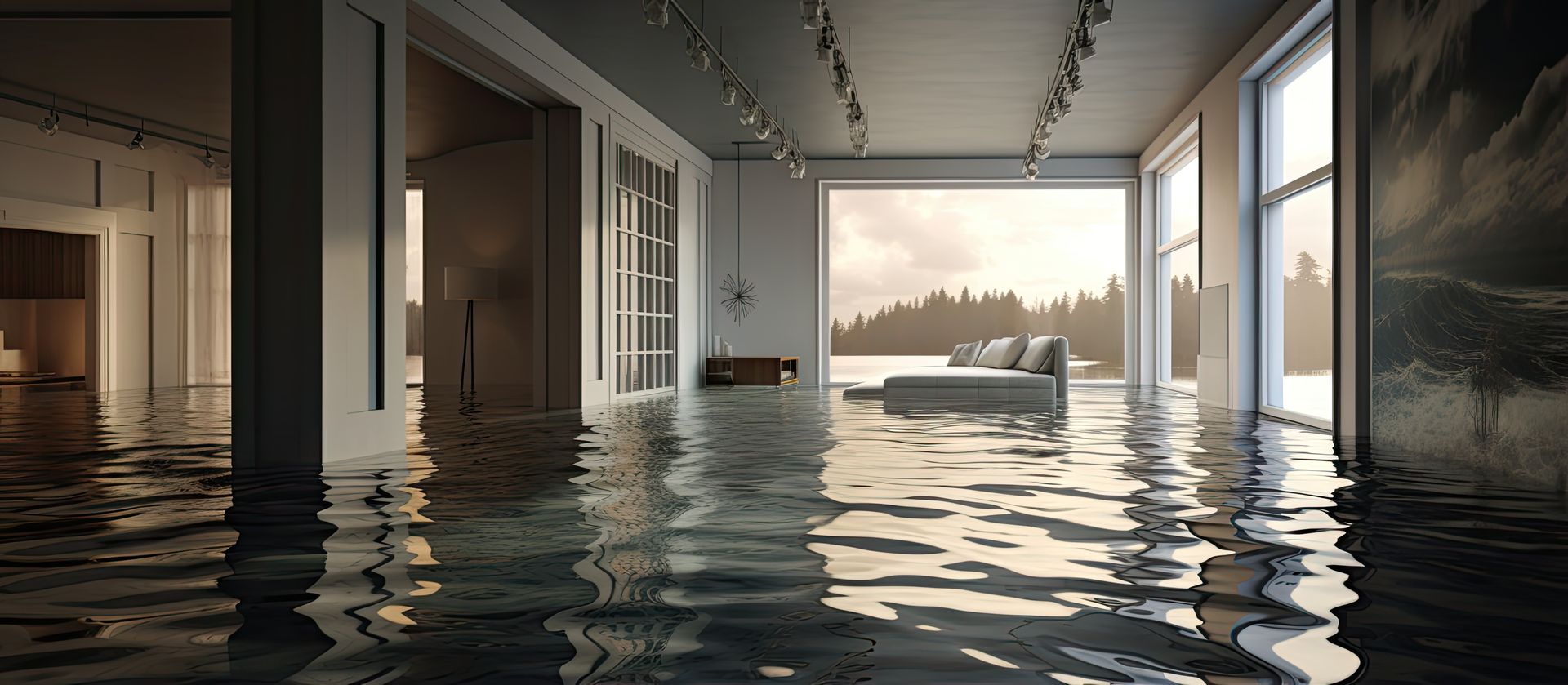Serving Baltimore City, Baltimore, Harford, and
Howard Counties, MD
Water Heaters
Water Heater Tips
Helpful Instructions for Water Heaters
If you're experiencing problems with your water heater, it's important to address them promptly to ensure you have access to hot water when you need it. Here are some helpful instructional materials and steps to troubleshoot common water heater problems:
No Hot Water:
- Gas Water Heater:Check the pilot light. If it's out, follow the manufacturer's instructions to relight it.
- Ensure the thermostat is set to the desired temperature.
- Inspect the gas supply. Make sure the gas valve is open.
- Electric Water Heater:Check the circuit breaker or fuse box to ensure power is reaching the water heater.
- Verify that the thermostat is set correctly.
- Inspect the heating elements. If they are faulty, you may need to replace them.
Insufficient Hot Water:
- Consider the water heater's size and capacity. It may be too small for your household's needs.
- Check for sediment buildup in the tank. Flushing the tank can help improve efficiency.
- Test the pressure relief valve for leaks or proper functioning.
- Insulate hot water pipes to reduce heat loss during distribution.
Water is Too Hot:
- Adjust the thermostat to a lower temperature setting.
- Ensure the thermostat isn't malfunctioning. If it is, you may need to replace it.
Leaking Water Heater:
- Turn off the power or gas supply to the water heater.
- Shut off the water supply to the tank.
- Identify the source of the leak. It could be a faulty valve, a loose connection, or a corroded tank.
- Depending on the source of the leak, you may need to replace a valve or, in severe cases, the water heater itself.
Strange Noises:
- Gurgling or popping noises can be caused by sediment buildup. Flushing the tank can often resolve this issue.
- Rumbling or banging sounds might indicate a more serious problem, like a failing heating element or excessive pressure. It may require professional assistance.
Pilot Light Keeps Going Out (Gas Water Heater):
- Ensure proper ventilation around the water heater.
- Clean the pilot assembly and burner if they are dirty or obstructed.
Smelly or Discolored Water:
- Odorous water could be a sign of bacterial growth. Increasing the water temperature temporarily can help kill bacteria.
- Discolored water may indicate corrosion inside the tank. If this is the case, it may be time to replace the water heater.
Regular Maintenance:
- Perform routine maintenance tasks recommended by your water heater's manufacturer, such as flushing the tank and inspecting components.
Instructional Materials:
- Manufacturer's Manual: The most comprehensive resource is the manual that came with your water heater. It contains specific troubleshooting steps and maintenance guidelines.
- Local Plumber: If you're uncomfortable or unable to diagnose and fix the issue yourself, it's best to consult a professional plumber.
Always prioritize safety when dealing with water heaters, especially if you're troubleshooting gas models. If in doubt, seek the assistance of a qualified professional
Are you interested in
- Upfront Pricing
- Personalized Options
- Outstanding Customer Service
Ask about our Easy Financing Options
VISIT US
,
This is a placeholder for the Yext Knolwedge Tags. This message will not appear on the live site, but only within the editor. The Yext Knowledge Tags are successfully installed and will be added to the website.
This is a placeholder for the Yext Knolwedge Tags. This message will not appear on the live site, but only within the editor. The Yext Knowledge Tags are successfully installed and will be added to the website.
HOURS
This is a placeholder for the Yext Knolwedge Tags. This message will not appear on the live site, but only within the editor. The Yext Knowledge Tags are successfully installed and will be added to the website.
Monday
Tuesday
Wednesday
Thursday
Friday
Saturday
Sunday
This is a placeholder for the Yext Knolwedge Tags. This message will not appear on the live site, but only within the editor. The Yext Knowledge Tags are successfully installed and will be added to the website.
HOURS
Hours:
This is a placeholder for the Yext Knolwedge Tags. This message will not appear on the live site, but only within the editor. The Yext Knowledge Tags are successfully installed and will be added to the website.
CONTACT US
This is a placeholder for the Yext Knolwedge Tags. This message will not appear on the live site, but only within the editor. The Yext Knowledge Tags are successfully installed and will be added to the website.
Hi. Do you need any help?
Privacy Policy
| Do Not Share My Information
| Conditions of Use
| Notice and Take Down Policy
| Website Accessibility Policy
© 2024
The content on this website is owned by us and our licensors. Do not copy any content (including images) without our consent.









Share On: